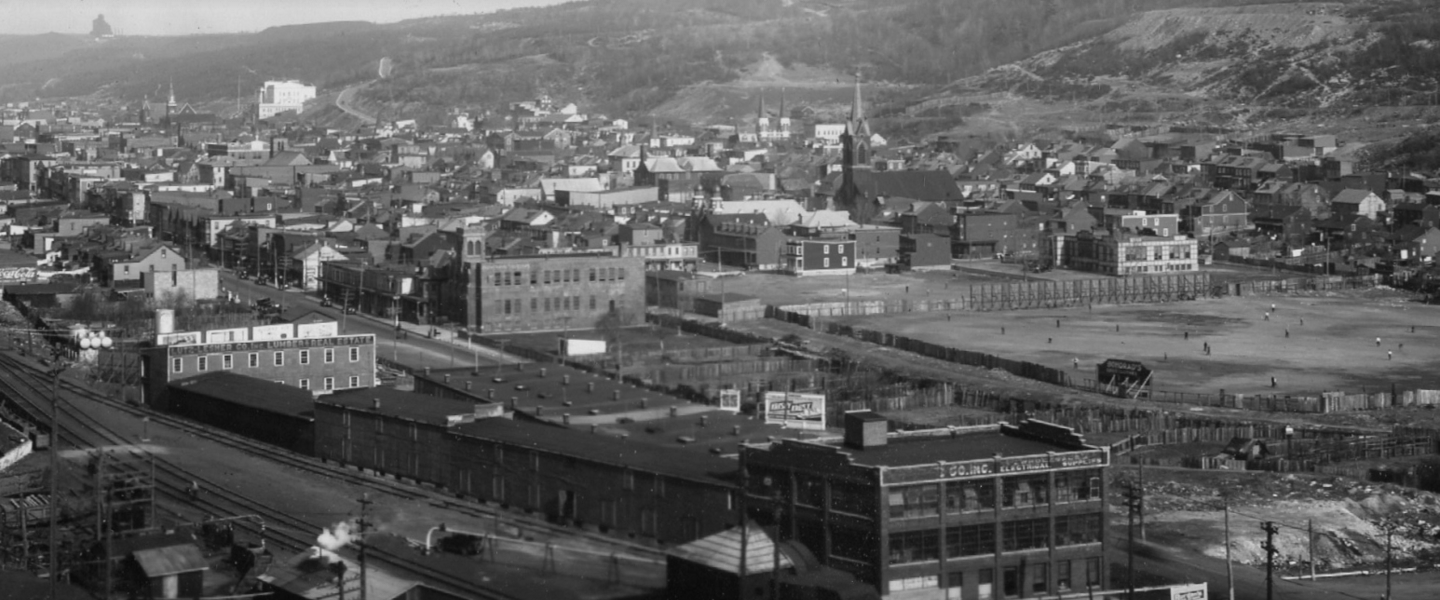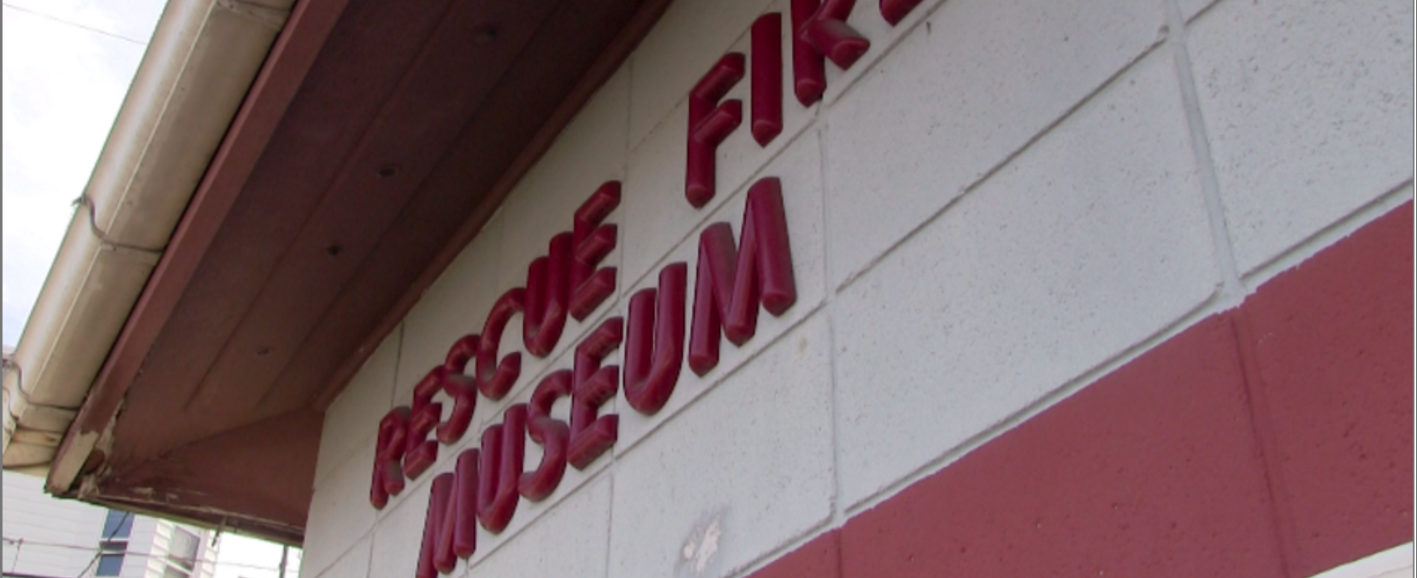Author: Rachel Chou
-

The Emil Kubek Project
The Emil Kubek Project is a scholarly resource that pays homage to the works and memory of Father Emil Kubek (1857-1940), one of Mahanoy City’s (PA) most prolific writers. The project was created in the summer of 2015 by Professor Nick Kupensky (Comparative Humanities and Russian Studies, Bucknell University), and Erin Frey ’17 (Comparative Humanities,…
-

Shamokin Rescue Fire Museum Documentary
“One Man, One Museum, One community, Shamokin’s fire history” is an original documentary produced and edited by students at Bucknell University, that focuses on the Shamokin Rescue Fire Museum and the life work of John Smith. The video was a final project for SOCI 206, Video Ethnography, taught by Professor Carl Milofsky. Colin…
-
Bucknell’s field station in Mt. Carmel
The establishment of a Bucknell field station in Mt. Carmel is underway, an exciting new development that will induce community based student and faculty engagement in the region. The goal of the field station is to have a location off campus to be utilized by Bucknell staff, faculty, and students where “curricular and extra-curricular components…
-
Film Review: Thirteen Lakes
James Benning’s film, Thirteen Lakes, is not for the impatient. 135 minutes long, the film consists of ten-minute stationary shots of thirteen bodies of water across the Unites States. On April 14 the Campus Theatre played Thirteen Lakes in front of a small audience. The event was co-sponsored by Bucknell’s Office of the Provost, Department…
-

Students and faculty help local community members apply for the Affordable Care Act
Once a week during the open enrollment period, a group of Bucknell students and faculty members assisted community members applying for the Affordable Care Act. President Obama signed the Affordable Care Act on March 23, 2010. The law makes health care more accessible and affordable for many Americans and lowers the uninsured rate of health…